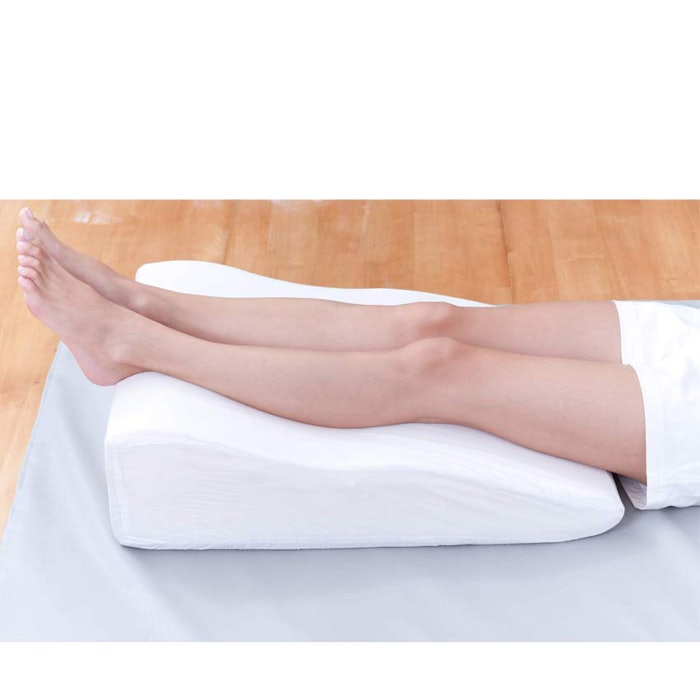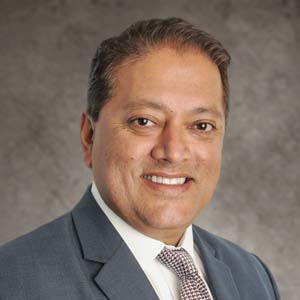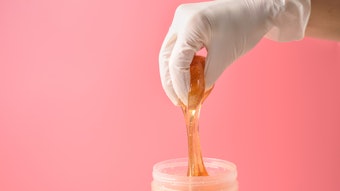
Ever wonder about what exactly causes leg veins to bulge, and most importantly, can they actually be prevented? Satish Vayuvegula, M.D. of Vein Clinics of America shared with Skin Inc. the ins and outs of veins and treatments.
Cause
According to Vayuvegula, varicose veins tend to bulge above the skin. Bulging veins can be underneath the skin as well, which are often referred to as spider veins. When the veins break, the blue-green veins back up and can cause the spider veins to stretch out — that’s what makes them visible on the legs. But the larger veins, the varicose veins, are
 underneath. The blood flows backwards instead of forwards and the backward pressure causes the veins to stretch, which results in bulging varicose veins.
underneath. The blood flows backwards instead of forwards and the backward pressure causes the veins to stretch, which results in bulging varicose veins.Treatment
Larger, bulgy varicose veins are treated with endothermal ablation, an outpatient procedure. There's laser ablation and radio frequency ablation, which treat the bulgy veins. Then, the other smaller branches of veins leftover underneath the skin are treated with one of two methods: ultrasound guidance sclerotherapy or microphlabectomy.
Q&A
Here are more of the top things you need to know about spider and varicose veins and how a person's genetics play a part:
If it’s on one side of the family tree, you have about a 42%-45% chance of developing vein trouble ...
Skin Inc.: What can someone do to prevent spider and varicose veins?
Vayuvegula: Unfortunately there’s not a lot that you can do to prevent these patterns from developing. First and foremost: It is genetic. It tends to run in families. If it’s on one side of the family tree, you have about a 42%-45% chance of developing vein trouble based on population studies. If it’s on both sides of the family, you have a greater than a 90% chance. We put a lot of stress on veins from standing for long periods of time from activities where we stand or professions where we stand for long periods. And then, because of [women's] hormonal influences, progesterone levels are elevated monthly which puts a lot of stress on veins. And pregnancy’s not only the high hormonal state that’s stressing out these veins, you’re actually producing 50% more blood that travels through these veins and eventually it causes these weaker veins to break.
We find that weight can have an influence, but it’s not as big as factor as people think.
Some people say that weight can have a factor on [varicose and spider veins]. We find that weight can have an influence, but it’s not as big as factor as people think. Unless you’re morbidly obese, you probably aren’t having a great impact on your veins with the [extra] weight. People who are moderately skinny can have problems with varicose veins as well.
The biggest thing that people can do to prevent [these] veins is to be active. Because what’s happening when you’re active and you exercise, is your muscles are forcing blood that would normally sit around to be moved through more effectively in these broken veins so they’re not as able to put as much pressure on other branches to break faster. [Therefore] people who tend to be more active tend to sometimes delay the presentation of their vein disease or slowdown the presentation. Aside from that, there’s very little we can do to prevent it.
Some people talk about compression therapy as an alternative to try to treat these veins. While compression therapy can be effective for vein disease in the sense that it helps the symptoms, it helps your legs feel better, they really don’t do anything to prevent the progression of the disease onset.
[High] heels, if you wear them a lot … could potentially have an impact of causing veins to show up sooner.
Skin Inc.: Can your choice in footwear impact varicose and spider veins?
Vayuvegula: What happens is that heels were designed for women to wear to enhance the look of the calf muscle, but one of the things that happens when you wear high heels is that … with every step you are not returning as much blood flow as you would if you were wearing flats where you’re able to have full motion of that calf muscle and full contraction of that muscle. [High] heels, if you wear them a lot … could potentially have an impact of causing veins to show up sooner.
Skin Inc. Are there at-home or spa remedies to relieve pain?
Vayuvegula: Leg elevation is something that people just do out of habit, but they also find out that their legs feel better when they do it. What happens when you elevate your legs is that when these veins break, the varicose veins or even the spider veins that we talked about, they have to fight gravity to return the blood. And there’s a series of valves in the veins that allow the blood to go in one direction. And as these veins fail and they stretch, the valves stop working and that’s what allows the blood to go backwards causing the back pressure. So when people elevate their legs, they are actually taking away that gravitational component. So by elevating your legs, you’re shifting, allowing the body to return more blood and decrease the inflammation in your legs, therefore allowing them to feel better when you elevate your legs.
If you sit for long periods of time, we have some people who have varicose veins who will have stools to put under their legs in an effort to relieve some of that pressure because gravity is helping to drain some of that blood back to the body. Other remedies: there’s various [topical treatments] on the market that have been shown to decrease some of the swelling, some of the symptoms, but there’s nothing that has been proven to make veins disappear or reverse the process other than actually treating the vein [surgically].
Genetics just makes you have weaker vein walls to start with. So all of the other pressures can have more of an influence on these weaker veins causing them to fail.
Skin Inc.: When should someone see a doctor for treatment of leg veins?
Vayuvegula: The symptoms associated with it are achiness, heaviness, tiredness and sometimes people get cramping in the evening or even at night. Or they might start to get swelling that’s getting worse, maybe some skin changes. Those are all signs that there could be something more going on. If they have varicose veins and they are starting to have those symptoms, they might get some benefit from treatment. What we find is it improves peoples’ quality of life. They become more active, they’re able to participate in more activities. Not to mention the benefits from becoming more active in general in terms of weight loss, diabetes and high blood pressure.
But also, there’s a psychological component as well. They don’t want to wear certain types of clothing or don’t feel comfortable in certain types of clothing, it allows them to gain that confidence back as well when you’re able to treat it.
Skin Inc.: What are your suggestions for how to seek treatment?
Vayuvegula: The important thing is when someone seeks out a vein provider, make sure the provider is experienced in what they’re doing — the majority of their practice. They don’t have to be completely focused on veins, but ideally that would be great. A lot of times what we see is people will go in and they will go to a place where they see oblation procedures but then, they don’t treat the complete leg. Just make sure they have the experience and understand all of the different modalities that are available and they’re able to provide comprehensive treatment of veins.










